Tamron 28-75mm F/28 Di Iii Rxd Lens for Sony E Review
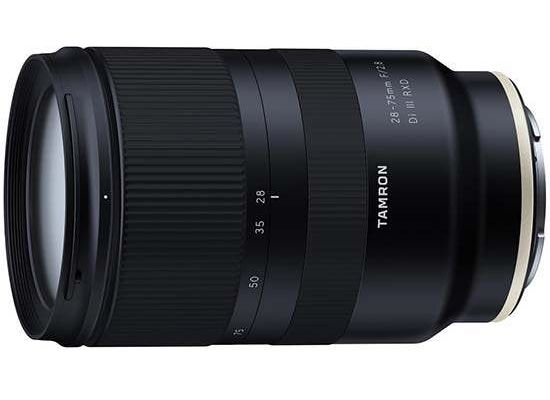
Introduction
The 28-75mm F2.8 Di Iii RXD is Tamron's first e'er lens for Sony'due south range of total-frame mirrorless cameras. This new standard zoom features a constant discontinuity of f/ii.viii throughout the range, an impressive minimum focus distance of 0.19m, an all-new RXD (Rapid actress-silent stepping Drive) focus motor for repose and fast AF performance, and a wet-sealed structure. The optical formula is comprised of fifteen elements in 12 groups, including i XLD (actress Depression Dispersion) element, i LD (Low Dispersion) chemical element, 1 GM (Glass-Molded aspherical) element and one hybrid aspherical element, and information technology has an iris diaphragm with nine rounded aperture blades for better bokeh furnishings. The Tamron 28-75mm F2.viii Di Iii RXD lens officially retails for £699 / $799 in the United kingdom and USA respectively.
Ease of Use
Given the fast and constant f/2.viii maximum discontinuity, the Tamron 28-75mm F2.8 Di Iii RXD is quite a large lens just also surprisingly light, measuring nearly 12cms in length but weighing in at only 550g.
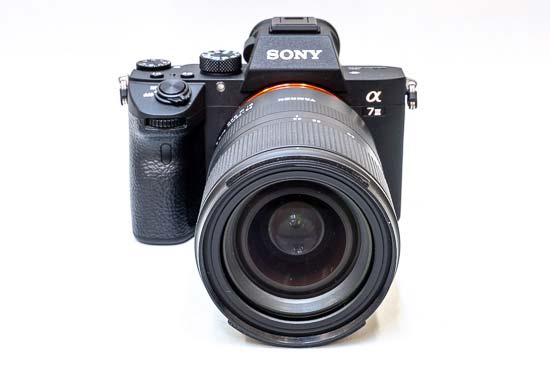
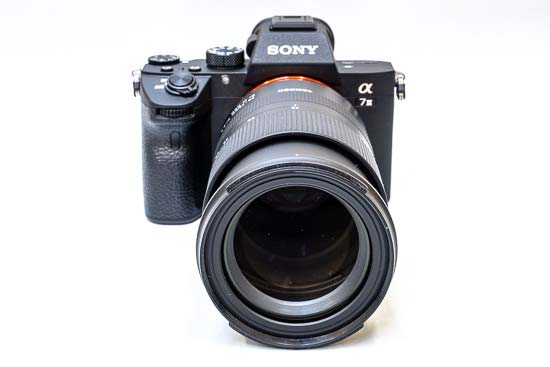
While you can utilize information technology on a smaller APS-C body like the Sony A6000 serial of cameras, it won't balance particularly well (and the equivalent focal length will also change to 42-112.5mm). Equally demonstrated by the product images above and below, it's a much ameliorate match for a professional full-frame camera like the Sony A7 Three that we tested it with, where it just feels meliorate balanced.
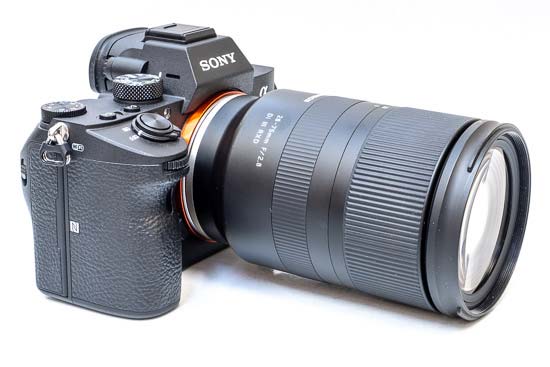
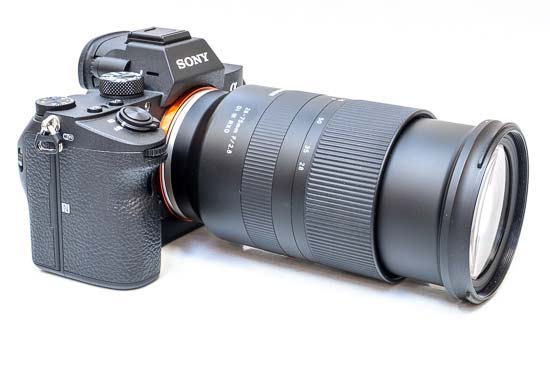
Build quality is fine, but not quite as good every bit recent Tamron "SP" branded lenses that we've reviewed. The Tamron 28-75mm F2.8 Di 3 RXD feels solid enough in your hand, despite its polycarbonate construction.
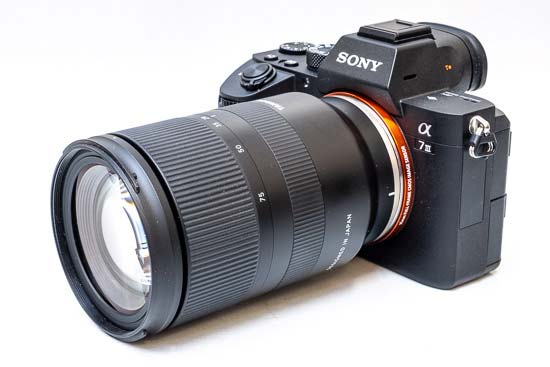
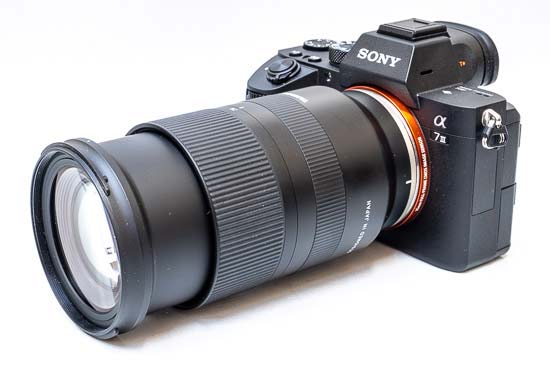
In that location are no other external features on the lens other than the zoom and focus rings. The zoom ring is generously broad and has a ridged, rubberised grip band. In that location is no focus lock switch as on many other Tamron zooms. The lens extends by about an actress 4cm when fully zoomed out to 75mm. The focusing ring is much narrower than the zoom ring, making information technology more than hard to locate in a rush.
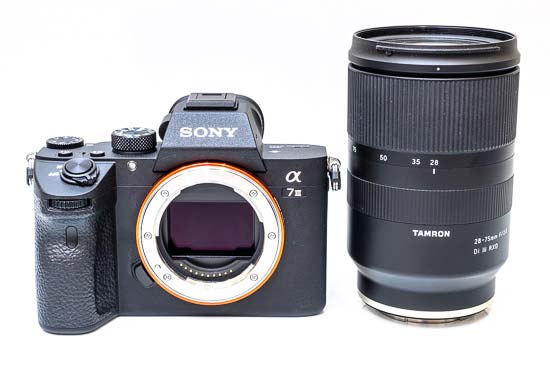
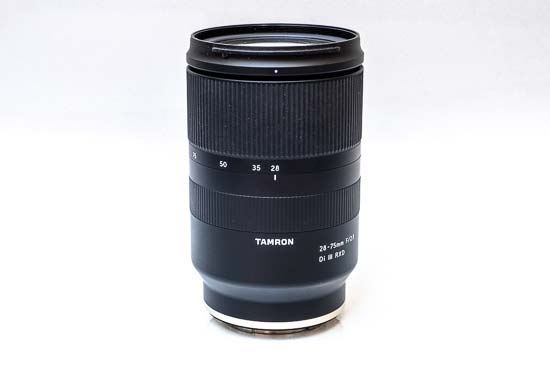
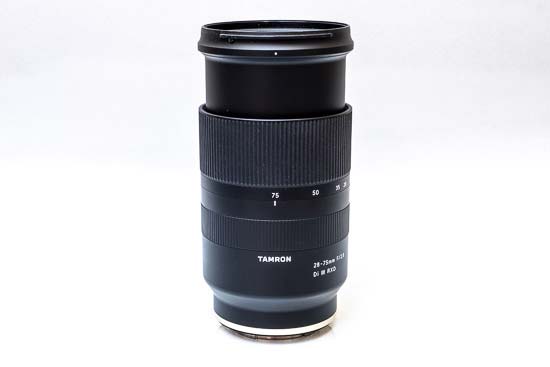
The Tamron 28-75mm F2.8 Di Iii RXD features an all new high-speed RXD (Rapid actress-silent stepping Bulldoze) that allows virtually silent auto-focusing, making it well-suited to video use. Importantly, the lens is as well fully compatible with the "Direct Manual Focus (DMF)" system feature of Sony cameras that enables the user to instantly switch betwixt autofocus and manual focus.
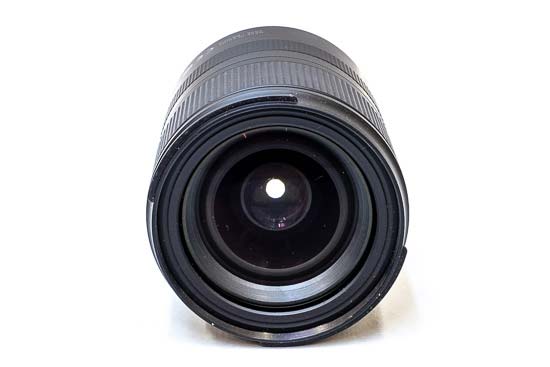
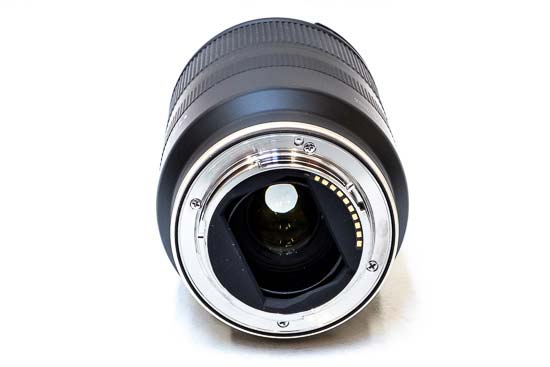
Focusing is fully internal but zooming is non, with the length of the lens changing as you zoom from 28mm to 75mm. In use, we establish the new focusing system to exist very quiet and satisfyingly fast with the lens mounted on a Sony A7 III camera, although not quite as snappy as the best Sony standard zooms such as the Fe 24-70mm F2.8 GM lens.
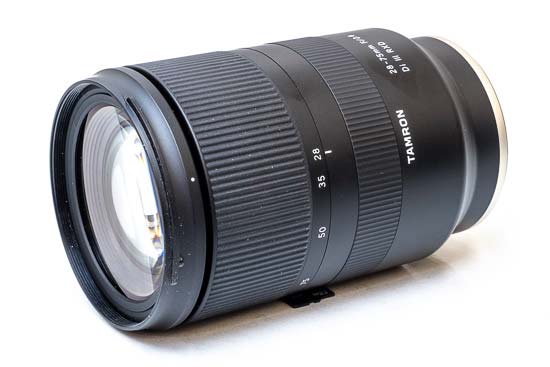
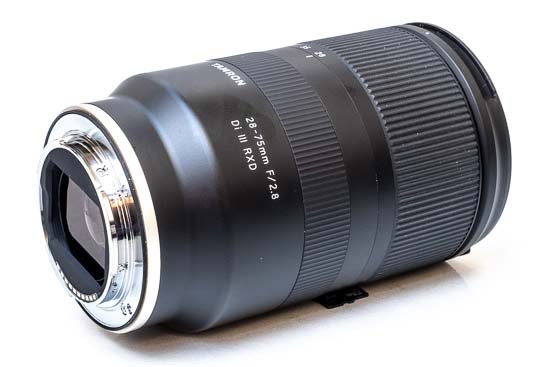
The Tamron 28-75mm F2.8 Di 3 RXD isn't fully atmospheric condition-proof but it does benefit from a moisture-resistant construction which helps to prevent moisture from penetrating the lens, although we'd hesitate to employ it in the pelting for a prolonged period. The forepart chemical element has a hydrophobic Fluorine Blanket that is highly resistant to fingerprints and debris.
The lens is supplied with plastic lens caps and a plastic flower-shaped lens hood - there's no lens bag included. The filter size is 67mm.
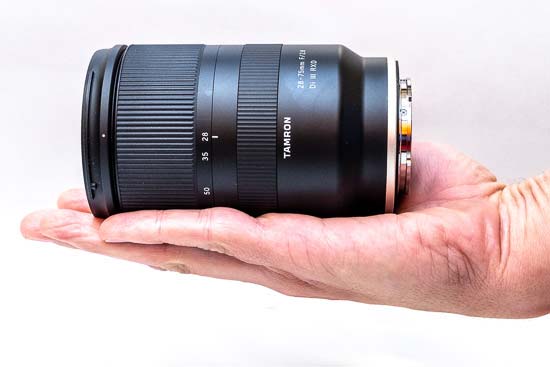
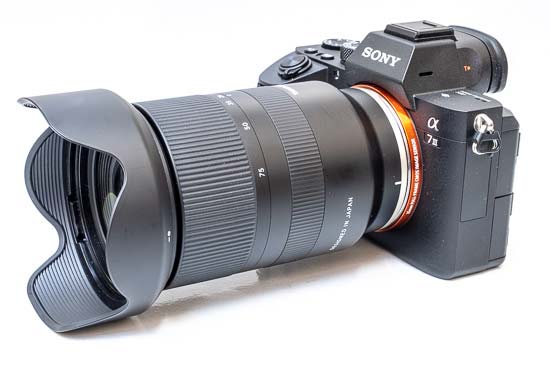
Focal Range
At the 28mm focal length the angle of view is 75.23 degrees.
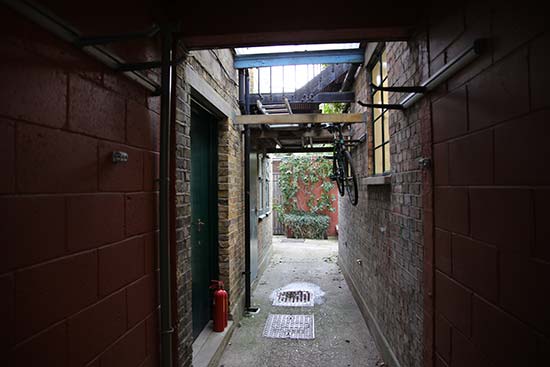
At the 75mm focal length the angle of view is 31.11 degrees.
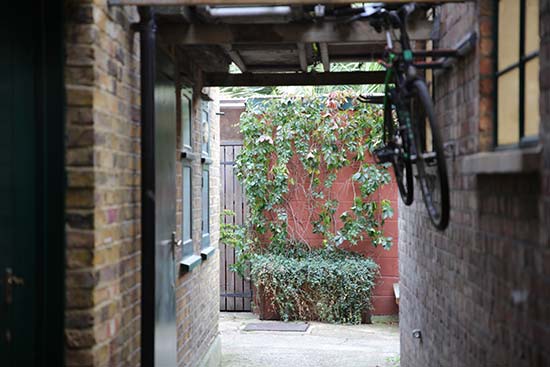
Chromatic Aberrations
Chromatic aberrations, typically seen as royal or blue fringes forth contrasty edges, are well controlled with this lens - the example below shows the typical worst-case scenario.
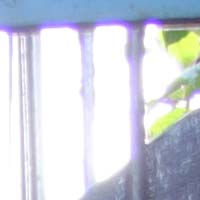
Lite Fall-off
With the Tamron 28-75mm F2.8 Di III RXD wide open at f/2.eight, you can see some noticeable light fall-off in the corners. Stopping down helps, although to completely get rid of this miracle, you lot will demand to use an f-stop of f/v.half dozen or smaller. There'southward also noticeable butt baloney at the 28mm focal length.
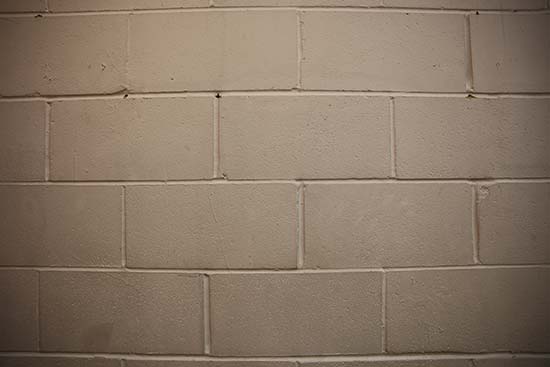 Vignetting at 28mm
Vignetting at 28mm
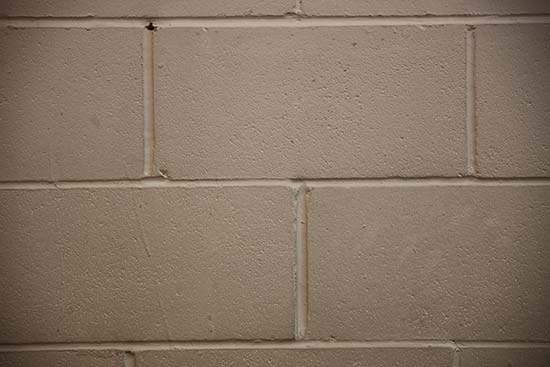 Vignetting at 75mm
Vignetting at 75mm
Macro
The Tamron 28-75mm F2.viii Di Three RXD isn't claimed to be a macro lens, just it delivers pretty good functioning nonetheless if you zoom to 75mm. The close-focus point is an impressive 19cm from the pic/sensor plane at the 28mm focal length (39cm at 75mm) and it has a maximum magnification ratio of 1:2.nine at the 28mm focal length (1:4 at 75mm).
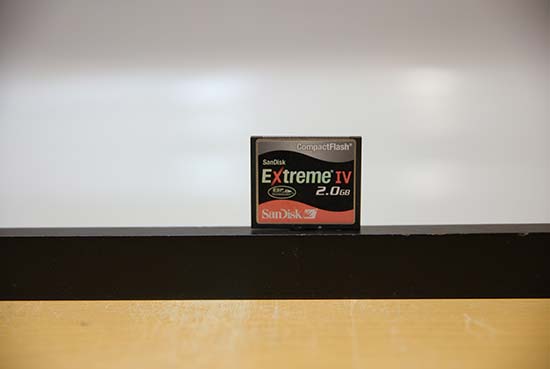
Bokeh
Bokeh is a word used for the out-of-focus areas of a photograph, and is usually described in qualitative terms, such as smooth / creamy / harsh etc. I of the reason to buy such a fast lens as the Tamron 28-75mm F2.8 Di III RXD is to be able to isolate the subject from the background. Tamron was patently very much aware of this requirement, as they employed an iris diaphragm with 9 rounded blades for a pleasing rendering of the out-of-focus highlights. Based on what nosotros have seen, we can say that they largely succeeded. Below you'll observe some examples, merely you are also encouraged to cheque out our sample images.
Sharpness
In social club to evidence yous how sharp this lens is, nosotros are providing 100% crops on the following pages.
- Ease
of Use - Sample
Images - Lens
Specs - Rating &
Determination - Main
Rivals - Review
Roundup
Source: https://www.photographyblog.com/reviews/tamron_28_75mm_f2_8_di_iii_rxd_review
0 Response to "Tamron 28-75mm F/28 Di Iii Rxd Lens for Sony E Review"
Post a Comment